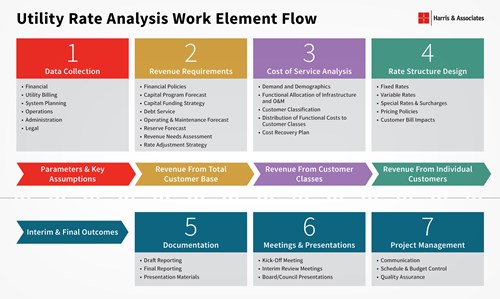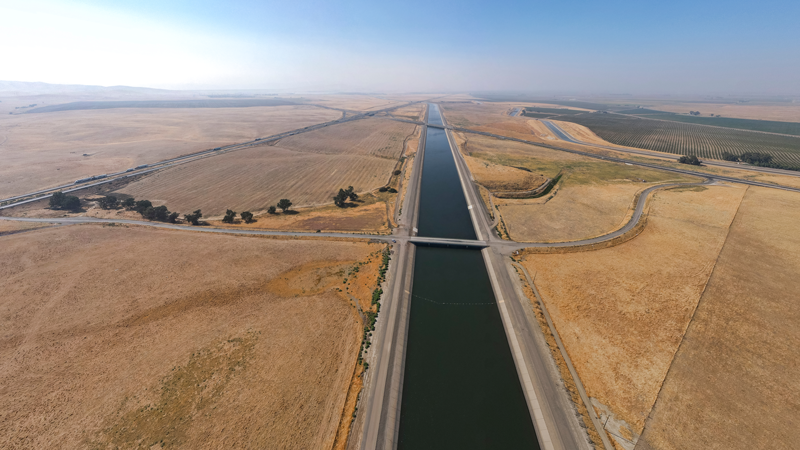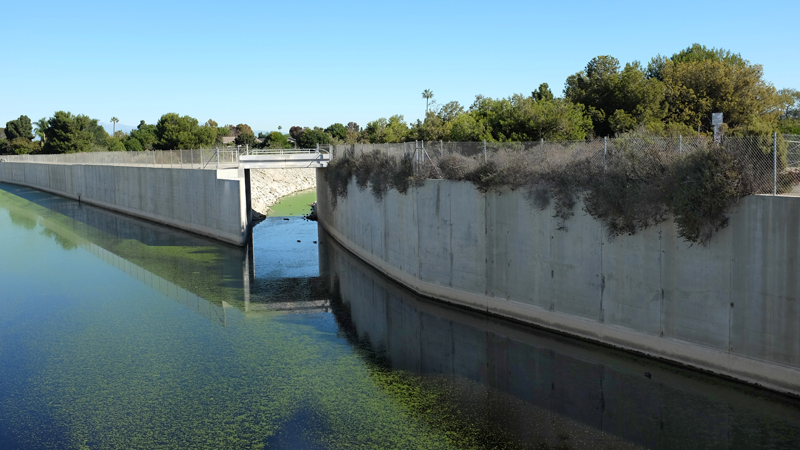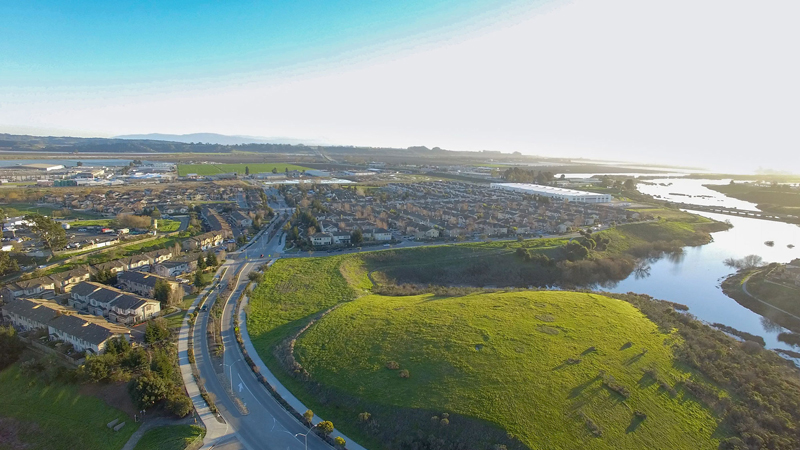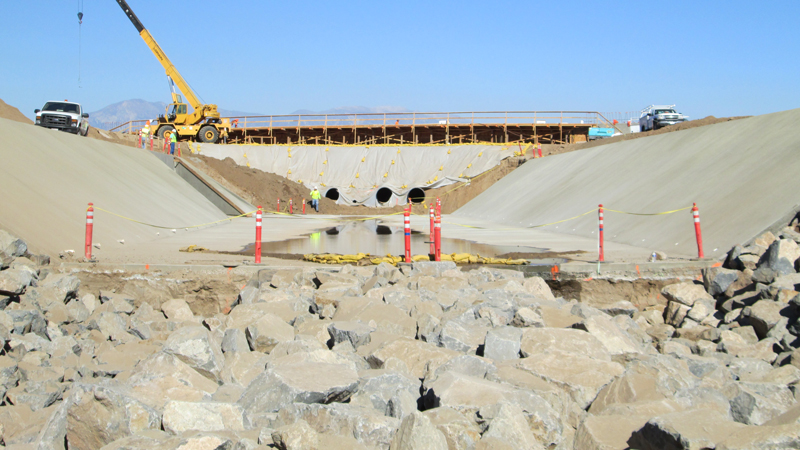Blogpost
9.8 minute read
April 08, 2021
Water is central to California’s identity, economy, and culture. Effectively managing this critical resource—with its many complex layers—requires an understanding of the costs incurred to supply water and how we price water to recover those costs from the communities served.
Historically, water rates did not adequately reflect the increasing costs of system renewal and replacement, rising regulatory requirements and the importance of mitigating risk through appropriate financial performance metrics. Incorporating full cost recovery through rates promotes financial sustainability and more equitable rates for current and future water system users. That said, and while water proponents have supported the more accurate pricing of water, concerns over affordability have grown. In addition, the costs of climate change and more recent COVID-19 impacts to water utilities have exacerbated affordability concerns. To navigate these complex and vexing issues, an understanding of the fundamentals of water ratemaking and how decisions influence rates is integral for success.
Incorporating full cost recovery through rates promotes financial sustainability and more equitable rates for current and future water system users.
All too often, a rate study is viewed simply as a financial exercise to determine rates—it is much more. It is an opportunity to bring all departments together around their goals and in alignment with the overall strategic goals and initiatives of the utility. To that end, we suggest that Water Rates 101 is essential to the knowledge base of all water industry professionals.
In this post, we’ve put together a primer of sorts to help water utilities and their stakeholders better understand the anatomy of a rate study, the factors that influence water rates, and how these studies can help bring utility departments together to support utility goals.
The role of cost-based rate setting
Creating a financial roadmap is critical to achieving long term sustainability consistent with a utility’s overarching goals. Utilities are typically operated as self-supporting enterprise funds with revenues generated primarily through user rates and charges. Rates should be based on cost of service. As such, rate studies play a key role for success and serve to:
- Identify all costs to be recovered through rates and charges.
- Track which costs are changing and who bears the burden.
- Provide guidance for future financial planning and rate adjustment strategies.
- Evaluate the appropriateness of the water pricing signal to customers.
- Document the relationship of the financial planning process and impacts on customers.
- Assess customer usage patterns and financial information for system operations and planning.
Water rate studies can, and do, vary in complexity and level of effort depending on the unique characteristics and needs of each utility—community values, size, demographics and diversity of customer base, regulatory requirements, and the legal environment—just to name a few. While there is not a singular, prescribed approach for setting cost-based water rates, there are published industry resources describing generally accepted methods1 as well as experienced rate consultants to help utilities navigate the nuances of water rate setting.
The anatomy of a water rate study
A comprehensive water rate study typically includes three primary components:
- Revenue Requirements analysis
- Cost of Service analysis
- Rate Design analysis
An overview of the key elements of a rate study are shown in the figure below.
Click the graphic above to see it larger.
Revenue Requirements analysis is all about projecting expenses—both operating and capital—that a utility expects to incur and the revenues needed to pay those costs. It evaluates the sufficiency of current rates and defines the level of rates (i.e., utility-wide rate revenue) needed to meet utility requirements or objectives. Some utilities look at the budget year and stop—we suggest that is too short a time frame resulting in always playing catch up. The prudence to look ahead, 3, 5, or even 10 years allows more thoughtful planning and fewer surprises—long range forecasting builds in flexibility and the potential to smooth rate impacts over time. By being prepared, a utility can also prepare its rate payers and policy makers.
The Revenue Requirement phase of a rate study begins with a historical trend analysis (typically 1-3 years), where everything from number of customers, water consumption patterns, customer class demand, operations expenses and capital expenditures to revenue collections are examined to inform future projections. Projections are developed based on a combination of this historical look back and input from staff around what is expected in the future. These plans should align with a water utility’s Strategic Plan, Master Plan, capital program priorities and other initiatives. Input from all departments of the water utility is essential during the development of future Revenue Requirements.
Financial policies and fiscal benchmarks provide a framework to manage risk and preserve a utility’s financial integrity. Example metrics commonly included in the Revenue Requirement include level of cash reserves, debt versus cash capital funding, and the level of debt service coverage. Such policies help to stabilize rates over time and improve a utility’s ability to weather financial disruptions—allowing rates to be appropriately set.
The result of the Revenue Requirements analysis is a multi-year projection of the level of revenue needed to be generated over the planning horizon and a rate adjustment strategy to meet that need. The Revenue Requirement forms the basis for the next step in the rate study—the Cost-of-Service analysis.
Cost of Service analysis refers to setting rates based on allocated shares of costs consistent with the unique characteristics, water usage patterns and demands placed on the system by the various customer classes. For example, residential customers typically use water during the early morning and late afternoon/early evening and use more water in the summer season for outdoor watering purposes. These time periods are referred to as peak demand periods for residential customers. These peak periods cause the water utility to incur costs to be able to provide this level of service and therefore these costs are part of a residential customer’s cost of service. Other customer classes, such as some commercial customers, may not need as much service during this time and have other cost drivers, such as higher fire protection requirements. The Cost-of-Service analysis attributes the costs and benefits derived from these costs to each customer class and determines the total cost by class – establishing the basis for designing rate structures.
Once the Cost-of-Service analysis is completed, a utility will decide how best to recover overall costs from its customers. In some cases, subsidies amongst classes are allowed to reduce impacts to a certain class. Due to legal precedence in California, including Proposition 218, the Cost-of-Service analysis is prescriptive in that there can be no subsidies between customer classes.
Rate Design analysis is the final step in determining the recommended rates. It involves the creation of rate structures that consider cost of service and related policy and pricing objectives. While this is the final step from an analytical standpoint, discussion around rate design objectives should take place at the inception of the rate study. Rate design is a function of many diverse and sometimes competing objectives. No one structure meets all utility objectives equally and not all objectives are valued the same by the utility or its customers. Identifying your unique utility goals guides your level of analysis and rate structure choices. At this point, discussion with stakeholders such as Boards or City Councils should center around the goals for rate changes. Should there be a more conservation-oriented rate design? Are rates transparent and easy to administer? How do we achieve more financial stability? Have we adequately addressed affordability? Often these goals can be in conflict and therefore the pros and cons of each rate design option need to be considered in the analysis. A properly selected rate structure should support and optimize a blend of various utility objectives and should serve as a public information tool in communicating these objectives to customers.
Factors that influence water rates
As alluded to earlier, water rates should be set to support a water utility’s Strategic and Master Plans. These plans typically forecast water utility operations over a decade or two and may include an accompanying financial plan. While the financial plan may provide a sense of what the level of rate increases may need to be over the next decade or two, as we saw earlier, there are other components of rate making that can drive towards accomplishment of a utility’s goals, e.g., conservation-oriented rate design. The factors that influence water rates are many and varied but all should support a utility’s long term planning efforts.
The key factors can be broken down into two main categories: internal and external factors. Internal factors are those which the utility can generally control. Customer usage and operating expenses, capital project execution, are among the key revenue and cost drivers. External factors are those which the utility has little control over—but can plan for by preparing and testing alternative scenarios. These factors include political influence, regulatory requirements, climate factors and demographic factors. All these factors, whether internal or external, will impact how rates are set and the level of rates adopted.
How water rate studies improve utility alignment
Water rate studies should be seen as opportunities to align the individual goals of departments within a water utility. Most often, either the finance or public works department leads water rate studies. But projecting future operating scenarios to determine the Revenue Requirement requires input from each department in a utility. Engineering, planning, operations, and customer service departments are typically key partners.
A key factor in determining the level of rate increases is the size of the projected Capital Improvement Plan (CIP). Input from planning, engineering and finance is critical to aligning around the right level to include in the rate study. Key questions include:
- Which projects need to get done as identified in a Water Master Plan and supported by a utility’s Strategic Plan?
- Which projects can be done based on current staffing and CIP implementation processes?
- Which projects can be done affordably (with a level of rate increases acceptable to stakeholders)?
Again, this will involve all departments, and allow everyone to gain a better understanding of the bigger picture. While revenues and expenditures should be monitored on an annual basis, comprehensive rate studies are usually done every 3 to 5 years, most often by experience rate consultants—especially for small and mid-sized utilities.
The entire process, when done collaboratively, can increase understanding among departments of the need to align water utility staff around its Strategic and Master Planning efforts.
Through it all, trust and communication are critical. Utilities build trust and set the groundwork for expediting progress when they proactively communicate among departments and with ratepayers on a regular basis.
The bottom line: Find the right balance
Water is a long-term game. Utilities typically think 50 to 100 years ahead when looking at water supply. Balancing this long view with immediate water, infrastructure, and financial needs requires input and understanding from all departments and often the insights of experienced advisors.
Contact Harris Senior Director, Ann Hajnosz at Ann.Hajnosz@WeAreHarris.com, to learn more about water rates, rate studies, and how we can help your utility map out short- and long-term financial strategies.
1 American Water Works Association, M1 Manual, Principles of Water Rates, Fees and Charges
Authors
Source
Harris & Associates
Markets
Services
Advisory Services
Infrastructure + Utilities
Asset Management
Categories
Rate Design
